In hindsight, perhaps I should not have mentioned the good weather we’d been having in my last piece, as the deluge of rain we got after brought ground conditions around here back to square one.
Many people say farmers never stop complaining about the weather, be it too hot, too cold, too wet or too dry; but it controls so much of what farmers can do on an everyday basis that it’s simply impossible not to mention it more often than your average person.
It also means sometimes you have to just go with the flow and change plans in order to work with what you’ve got, instead of glaring at the sky as yet more rain is falling.
On that note, with no slurry spread here and the meadows now too high to put it out, we’ve had to rethink our silage strategy.
Some folks already have their first cuts in the pit, while we’re only just putting out fertiliser and assessing where growth stands. We’ve always only cut silage ground once; never going for a second cut, as there was no need for more bales. We also didn’t want the expense of the extra inputs to grow it.
Many people say farmers never stop complaining about the weather ... but it controls so much of what farmers can do on an everyday basis that it’s simply impossible not to mention it
But this year, as we’re not tied into any land-based schemes, we’re free to try out a different method.
The current plan is to try to get a first cut in June of mainly hay if possible, then put our slurry out and go for a second round of bales whenever we can.
Of course, this proposal could fall asunder, but I’m hopeful it’ll work out. If anything, it will alleviate the tedious two days of driving to and fro with bales until you’re practically able to do the route with your eyes shut.
Land
The difference between land types and rainfall across the country was also apparent when a Wexford farmer came to visit and have a walk around the farm.
Now, I don’t know how dry it is in the south right now, but this gent was very optimistic about Leitrim in this regard, as he didn’t even bring wellies.
Thankfully for him and his shoes, we’ve always spares around, and in a matter of minutes, he was prepared for our wet ground.
The majority of our calving has now finished for the year, with a couple of bull calves born in the last fortnight.
Unfortunately, the first of these calves got struck down with the scour we had in the shed, despite the use of disinfectant. As the weather was so wet, we couldn’t let the cow calf outside, and with our compact shed layout, it was nearly inevitable he’d pick it up.
The calf being quite young, time was of the essence with treatment, which we began as soon as he showed signs of illness. It still took veterinary treatment and a few days under the heat lamp for him to fully recover.
The majority of our calving has now finished for the year, with a couple of bull calves born in the last fortnight
As of yet, the last calf hasn’t picked it up; he was the hardiest calf I’ve ever witnessed being born here. In the space of an hour, he had stood, fed, played and fallen asleep. Just how every farmer likes to find them.
With everything finally turned out of the shed, it’s high time to get the power-washer into action to disinfect everything, so it’ll be ready for the last few calves we have due in a couple of months’ time.




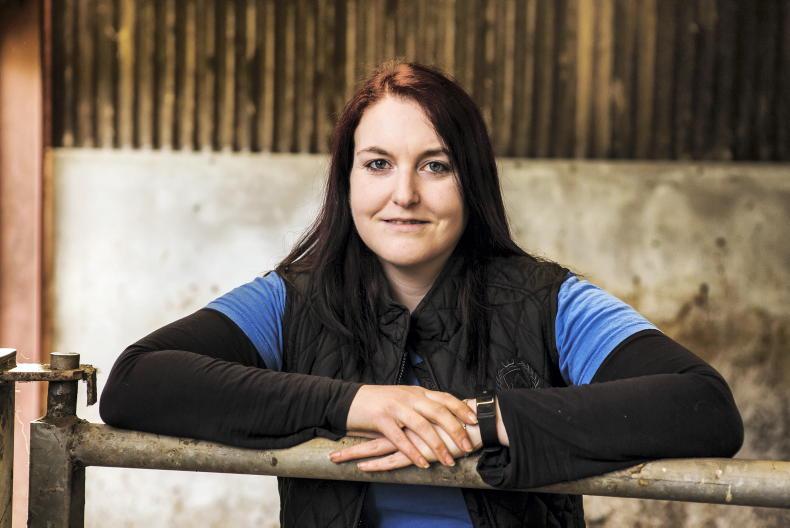
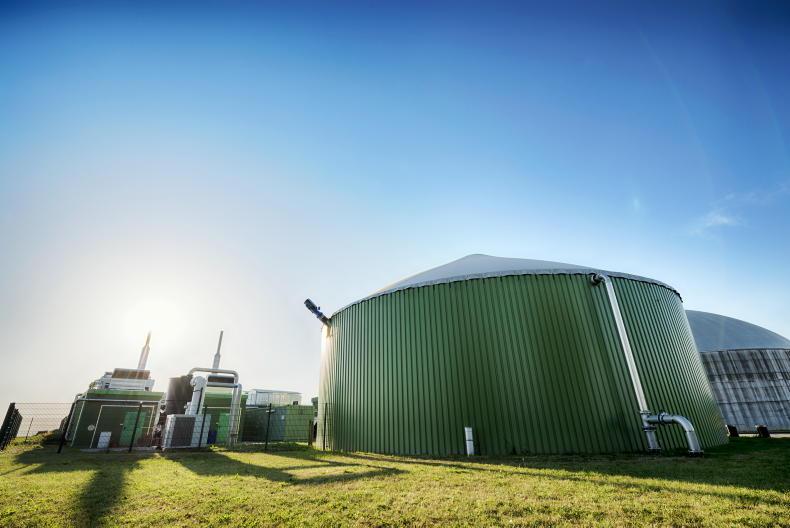

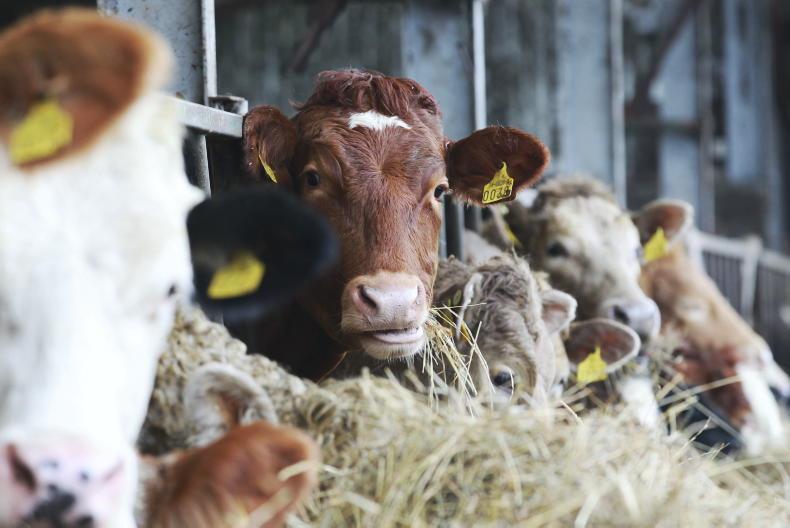
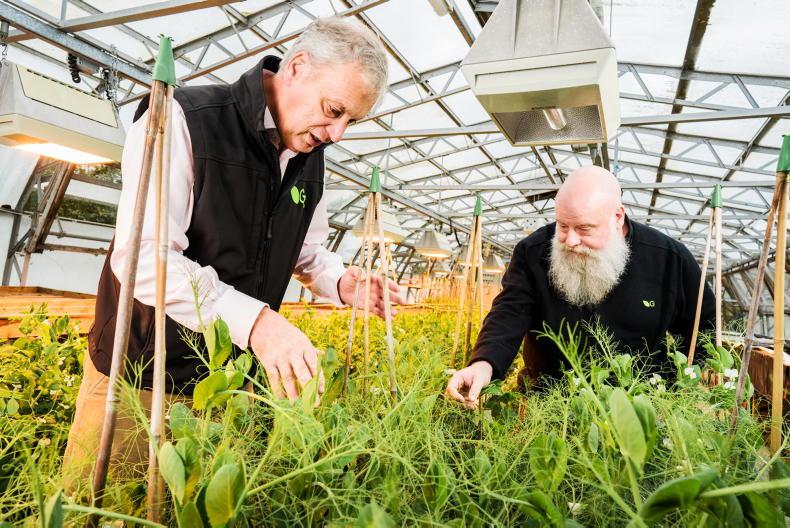
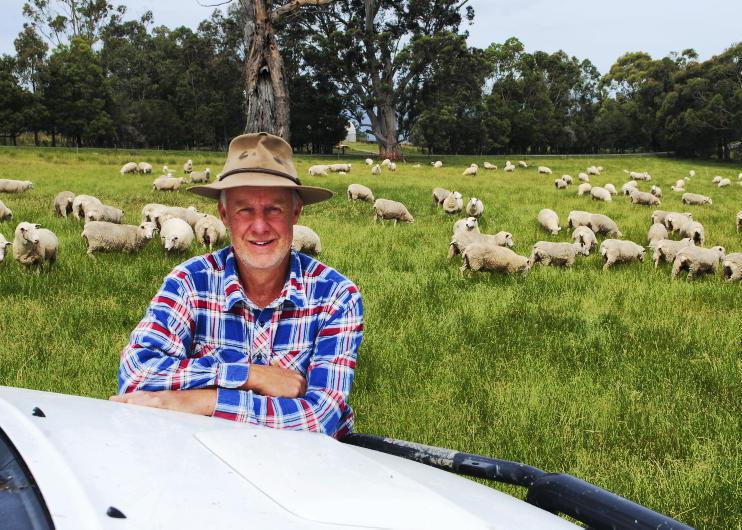
SHARING OPTIONS